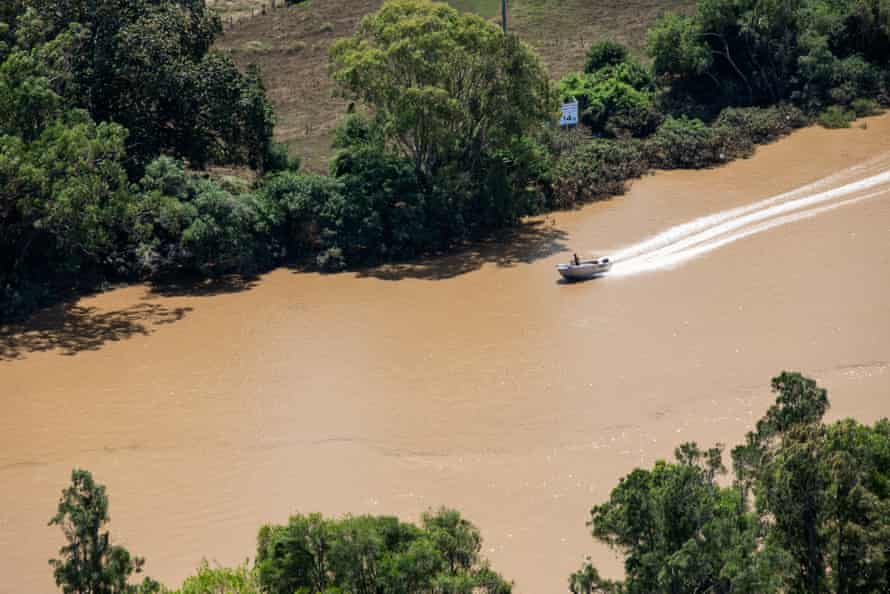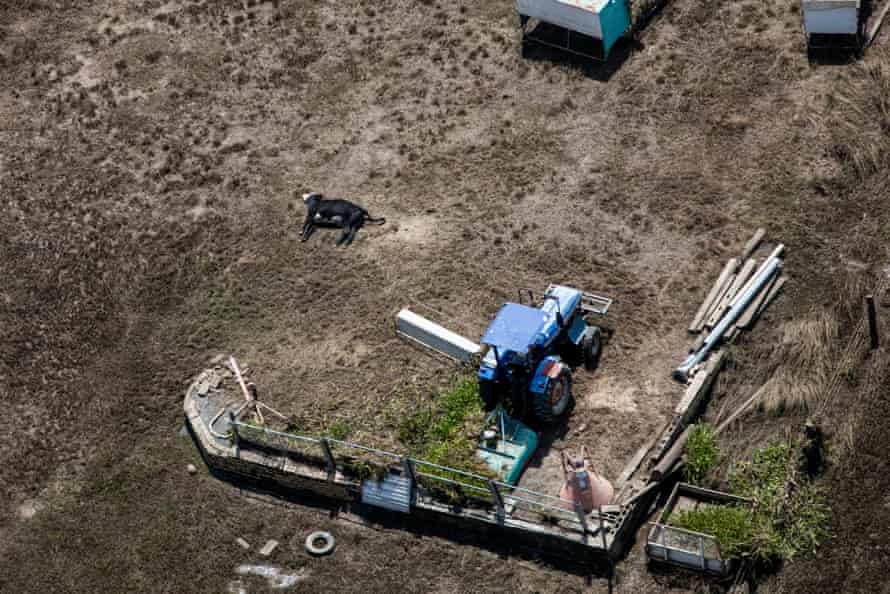The number of Russians taking risks to oppose the war shows how many don't want it, said Nadya Tolokonnikova, who spent nearly two years in prison for anti-Putin protests.
ByNina Golgowski
03/06/2022
The founder of the anti-Kremlin punk activist group Pussy Riot said Sunday that she has been encouraged by seeing Russians risk jail time and beatings for publicly opposing President Vladimir Putin’s invasion of Ukraine, saying it indicates that far more people in Russia oppose the war than what has actually been seen.
“One thing we need to understand about Russians opposing the war in Ukraine is the numbers of people who are against war are actually much higher than those you can see on the streets, because the price of participating in protest activity is increasingly high, especially became incredibly dangerous over the last week,” Nadya Tolokonnikova told CNN’s Jake Tapper on Sunday.
“You can go to jail for up to 15 years. And, by going to streets, you’re actually exposing yourself to a greater danger,” said Tolokonnikova, who served more than 21 months in prison for participating in a 2012 protest against Putin.
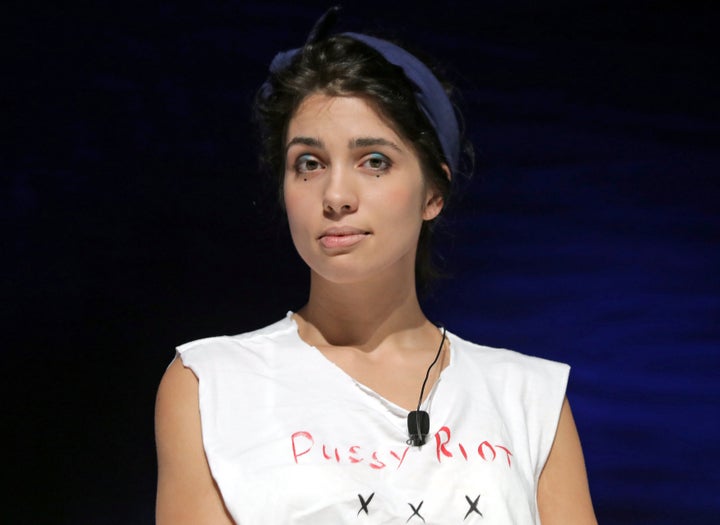
Nadya Tolokonnikova, who founded the anti-Kremlin punk activist group Pussy Riot, said more Russians are opposed to Russia's invasion of Ukraine than we've seen. She blamed Russia's crackdown on anti-war demonstrations for the suppression of their voices.
ERIC GAILLARD VIA REUTERS
Citing an example of the police brutality that she said is occurring daily, Tolokonnikova said that a 14-year-old friend of her daughter was beaten by police for attending an anti-war protest last week. The child’s father confronted the officers at the protest, she said, and he was then beaten and ultimately hospitalized.
“Situations like that, they’re, unfortunately, happening quite often,” Tolokonnikova said. “That’s why I know that a lot of Russians are trying to leave the country. But, also, there are a number of people who are convinced that they should not leave, because they don’t want to give Russia as a gift to Putin. They want to stand their ground.”
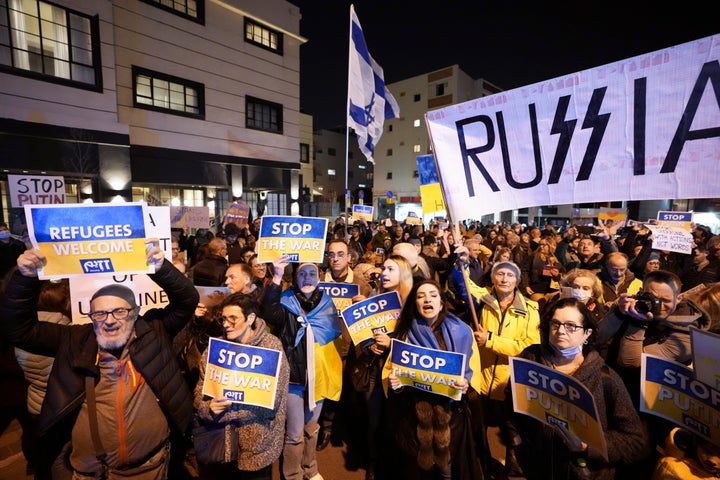
People hold placards during a protest against the Russian invasion of Ukraine while outside the Russian Embassy in Tel Aviv, Israel, on Saturday.
Tolokonnikova expressed particular enthusiasm over the involvement of imprisoned opposition leader Alexei Navalny.
Navalny, who nearly died from a nerve agent poisoning that he has blamed on the Kremlin, has organized daily protests against Putin despite being behind bars. He also called for all Russians, no matter their location, to protest against the invasion — a move Tolokonnikova called “incredible.”
“Show the world that Russians don’t want war. Come out in the squares of Berlin, New York, Amsterdam or Melbourne, wherever you are. Now we are all responsible for Russia’s future. For what Russia will be in the eyes of the world,” Navalny wrote Sunday in a blog post, according to Reuters.
More than 4,300 people were detained across Russia on Sunday for participating in such protests, according to an independent protest monitoring group. Russia’s interior ministry had said the number detained was around 3,500, Reuters reported.
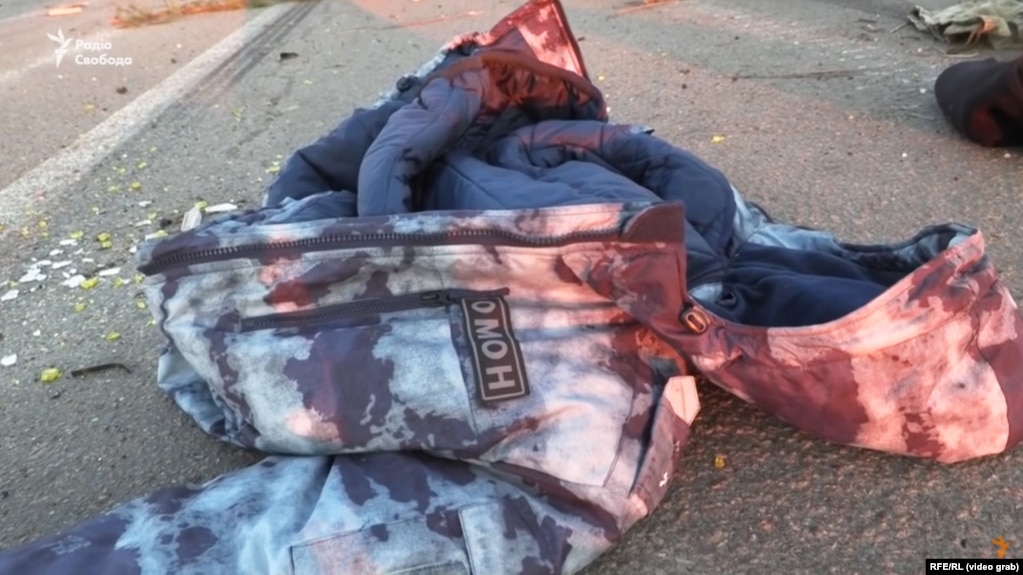
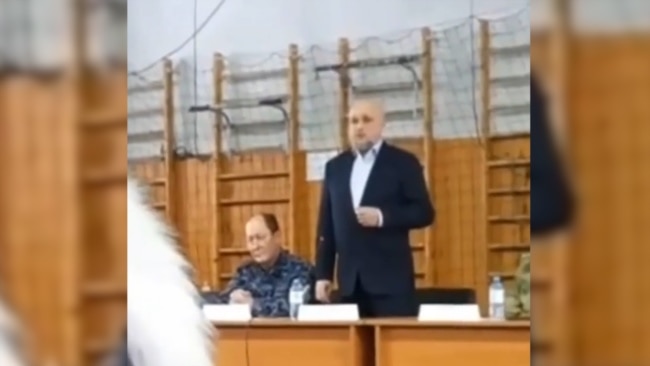










:quality(70)/cloudfront-eu-central-1.images.arcpublishing.com/thenational/SDZGGZPHFP7AGILOS4Y473XPVU.jpg)
:quality(70)/cloudfront-eu-central-1.images.arcpublishing.com/thenational/HJVCQ72EZFEMPAFYLWBZPZP2W4.jpg)
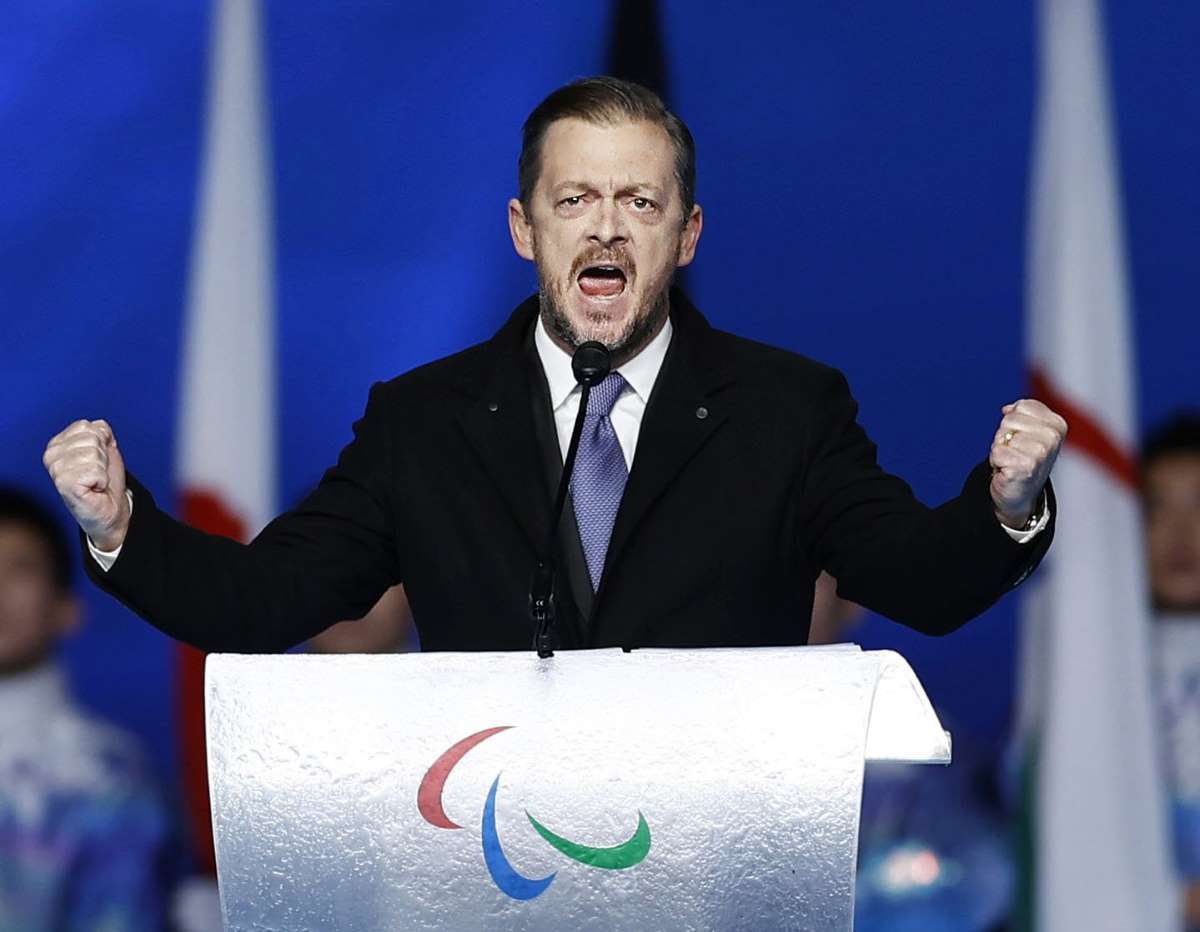
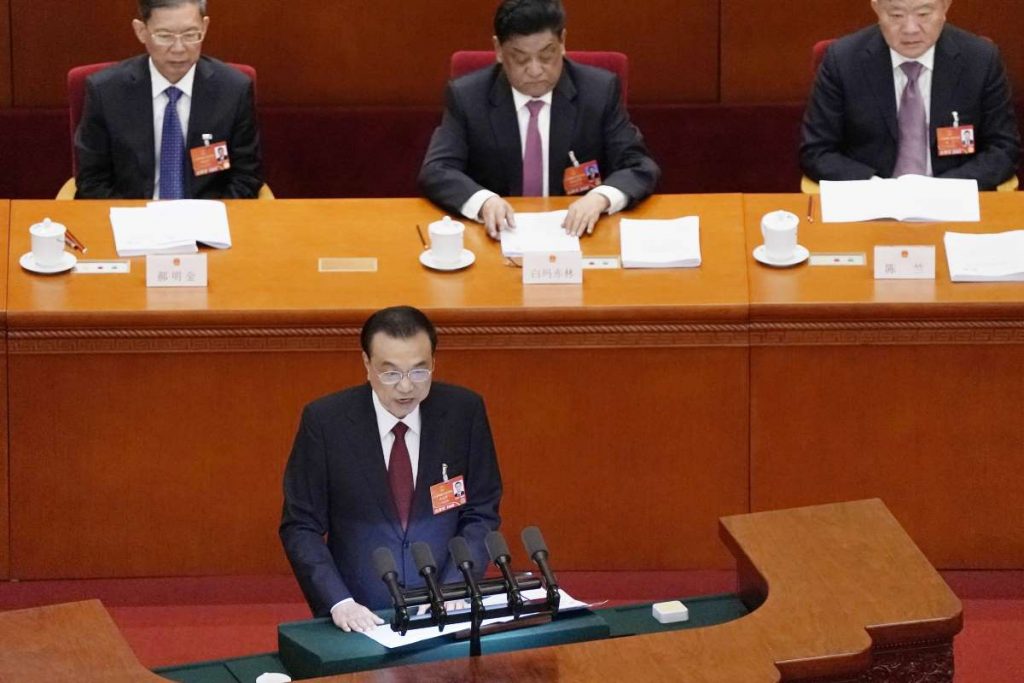

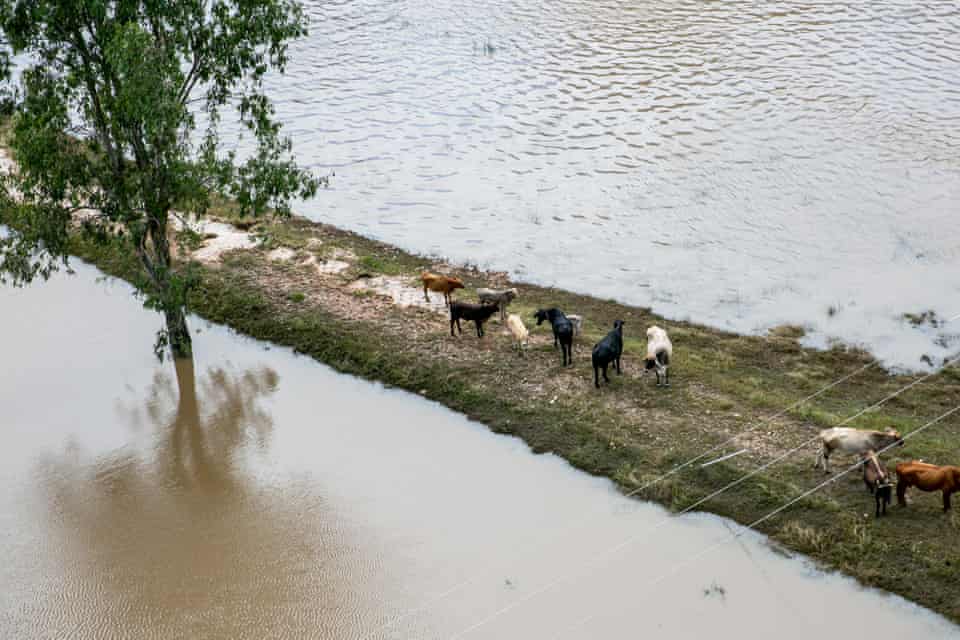
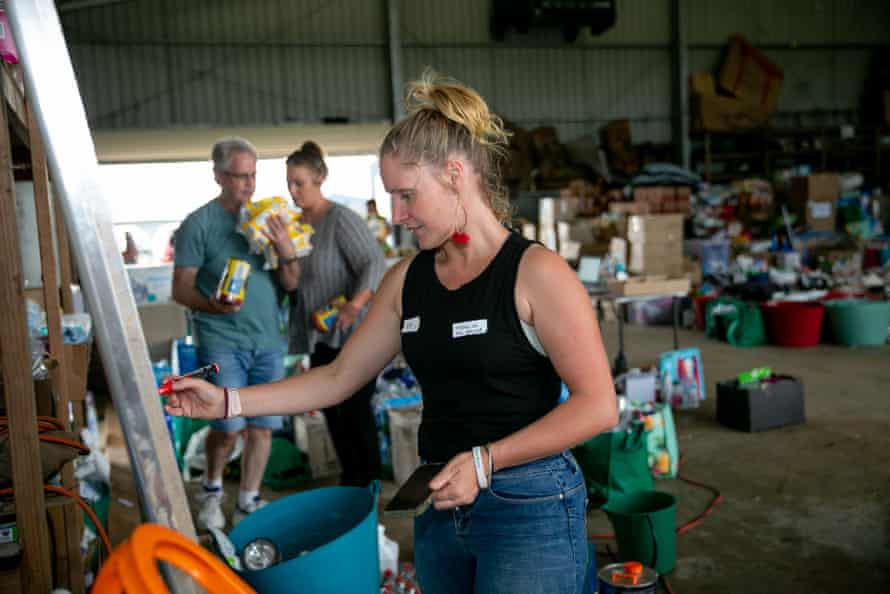 Ash Jones has been working long hours as a volunteer air traffic controller and donation coordinator. Photograph: Yaya Stempler/The Guardian
Ash Jones has been working long hours as a volunteer air traffic controller and donation coordinator. Photograph: Yaya Stempler/The Guardian
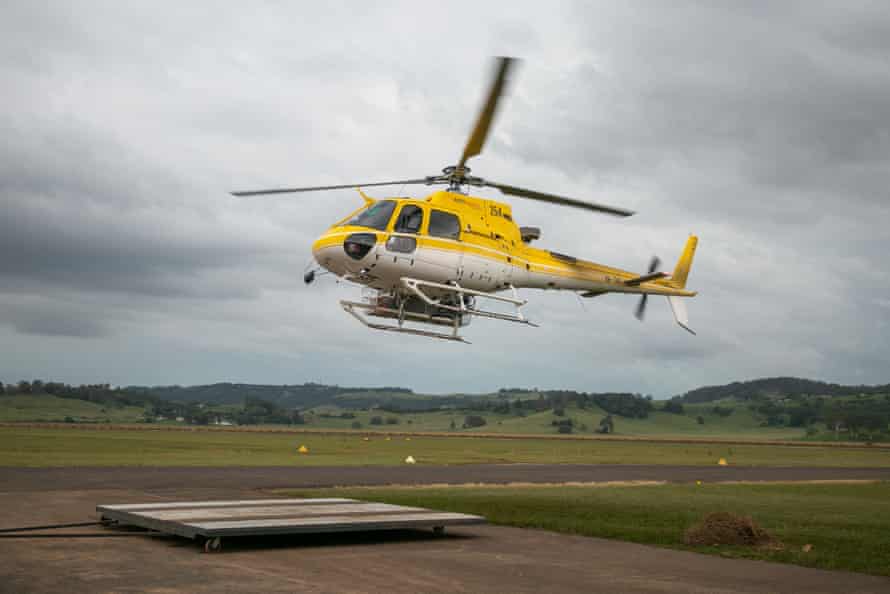
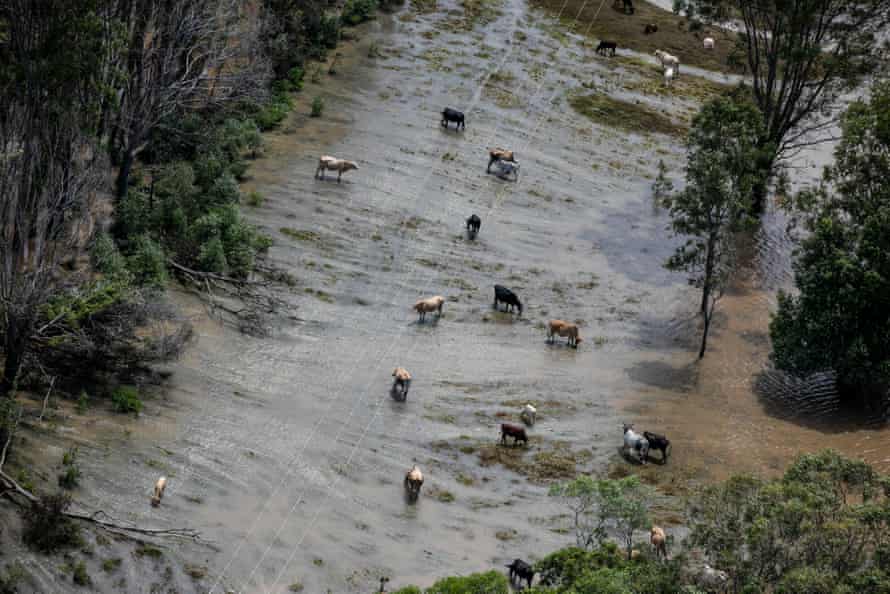
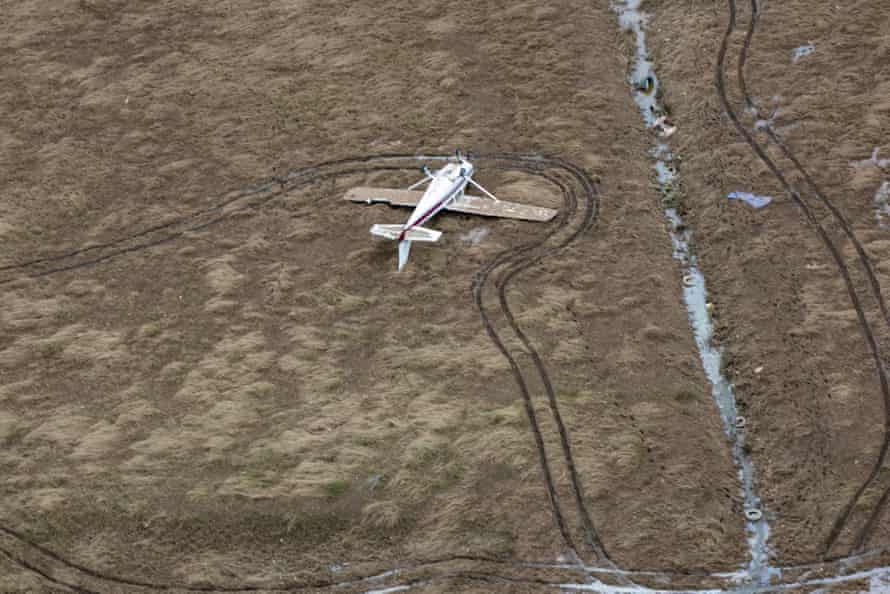 Many people requiring rescue thought they could last on their own in their properties until flood waters receded, Jess Barnes says. Photograph: Yaya Stempler/The Guardian
Many people requiring rescue thought they could last on their own in their properties until flood waters receded, Jess Barnes says. Photograph: Yaya Stempler/The Guardian